Pakistan’s inflation rises 3.46% in May on annual basis
Average inflation rate for July 2024 to May 2025 stood at 4.61%, compared with the corresponding period in 2023–24
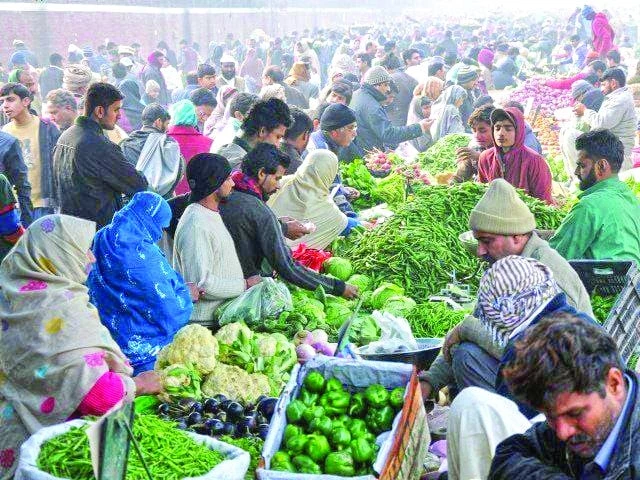
Pakistan’s consumer price index (CPI) inflation rose 3.46% in May 2025 compared to the same month a year earlier, data from the Pakistan Bureau of Statistics (PBS) showed on Monday. However, on a month-to-month basis, the national CPI declined by 0.17% compared to April 2025.
The CPI is based on the 2015–16 base year and combines urban and rural price indices. Urban inflation increased 0.07% in May over April, while rural inflation dropped 0.53%.
The average inflation rate for July 2024 to May 2025 stood at 4.61%, compared with the corresponding period in 2023–24.
The national index declined slightly due to drops in key categories including housing and perishable food items. Urban consumers saw a mild increase driven by price hikes in food staples like eggs (+24.38%) and chicken (+8.63%), while tomato (-20.80%) and onion (-12.05%) prices fell sharply.
Rural areas experienced a broader decline due to a significant drop in food prices, including tomatoes (-32.99%), onions (-18.37%), and wheat flour (-10.52%). Nonetheless, rural areas reported price increases in eggs (+19.27%) and fresh fruits (+5.07%).
Non-food price changes included higher costs for cotton cloth (+3.20%) and motor vehicles (+1.86%) in urban regions, while electricity charges (-7.03%) and motor fuels (-0.67%) dropped. In rural areas, dental services (+5.97%) and education (+1.59%) were among the most notable increases.
On a year-over-year basis, urban inflation was up 3.51%, and rural inflation increased 3.39%.
Food and non-alcoholic beverages rose 3.07% nationally, with non-perishable food prices up 5.01%, while perishable food items dropped 9.21%. Alcoholic beverages and tobacco saw a 7.86% annual increase, and clothing and footwear surged 9.66%.
The most significant annual price increases were recorded in clothing, tobacco, and non-perishable food items. Meanwhile, perishable goods like vegetables and fruits experienced year-on-year price declines.
The PBS compiles the CPI using data from 35 cities and 27 rural centres, tracking a total of 600 consumer items. The data provides a key indicator of cost-of-living trends that influence monetary policy and economic planning.

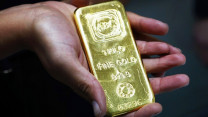
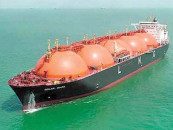







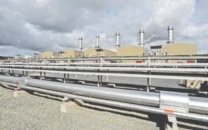



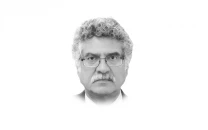




COMMENTS
Comments are moderated and generally will be posted if they are on-topic and not abusive.
For more information, please see our Comments FAQ